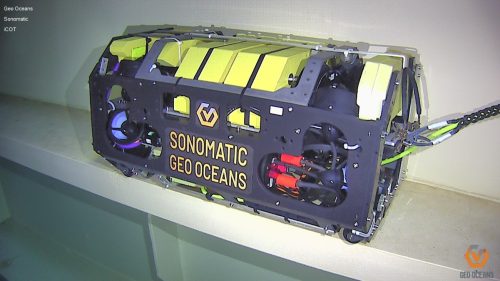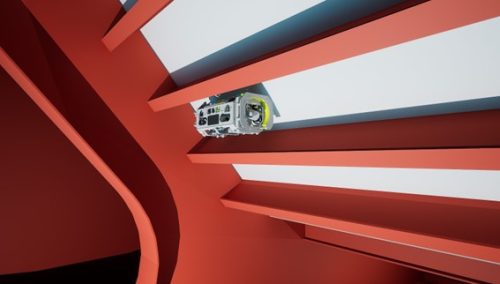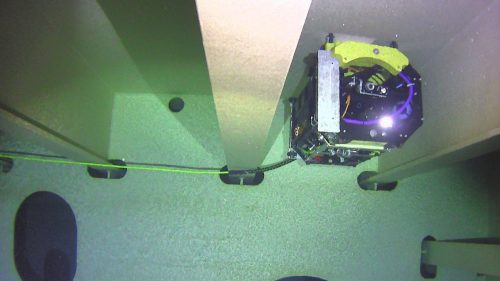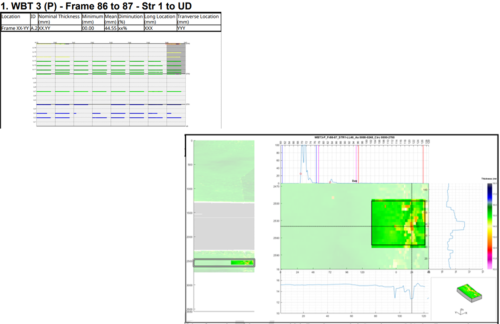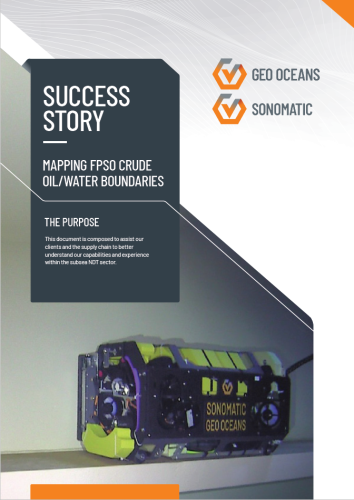Group companies Sonomatic and Geo Oceans have collaborated closely with a client’s global robotics team since 2019 to develop a novel robotic technology – the i-COT ROV system – for performing in-service cargo oil tank inspections on FPSOs, tankers and marine vessels using robotic methods.
i-COT is seen not as one tool but as the delivery tool for a suite of unmanned and robotic Advanced NDT methods, each of which is selected specifically for the inspection requirements of the tank.
In June 2023, Geo Oceans carried out the first implementation of the i-COT fitted with the Sonomatic Multiplexer UTM probe to measure the water ballast tank walls shared with the crude oil tank on an FPSO based in the Gulf of Mexico to identify the plate’s condition.

